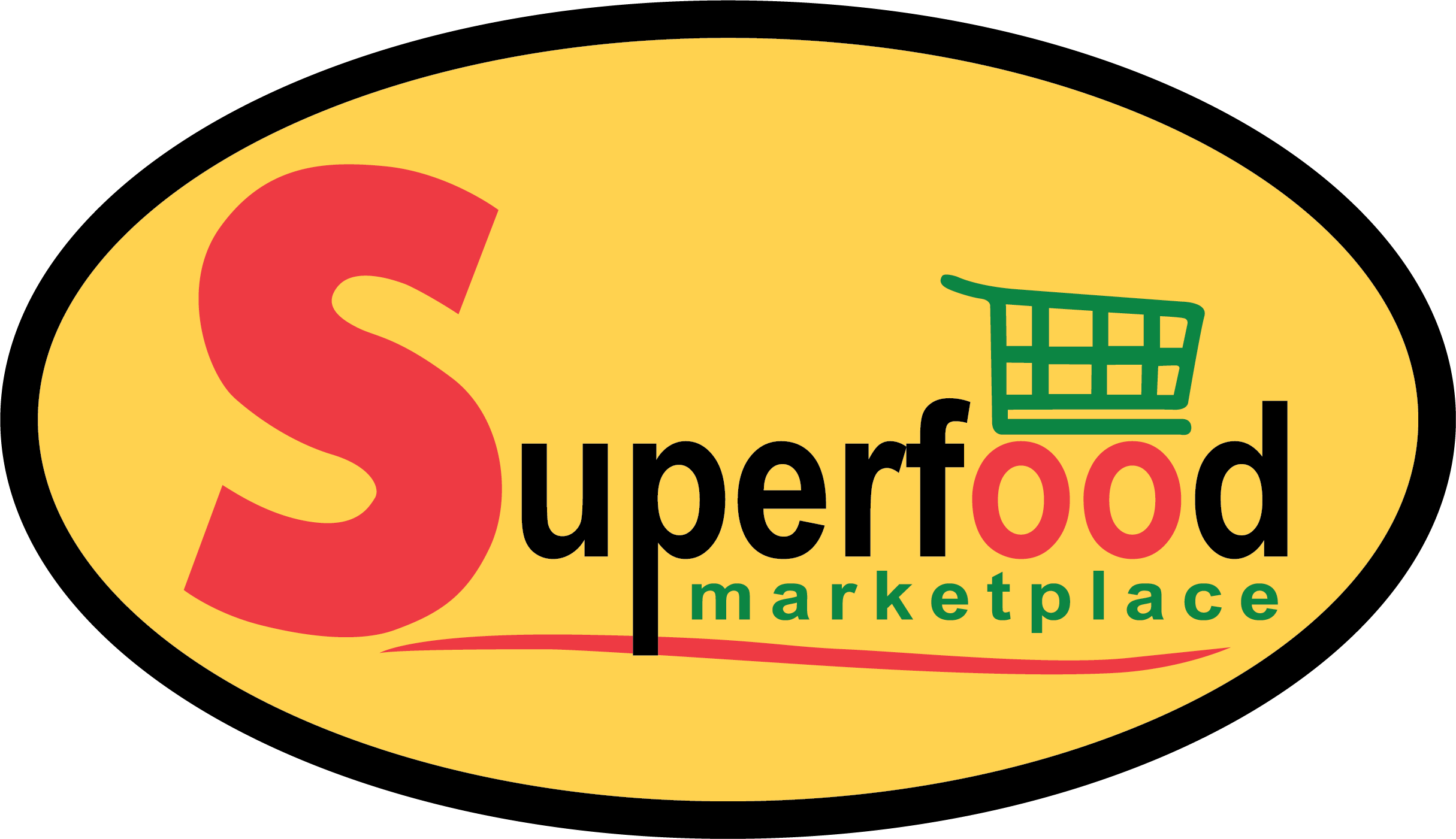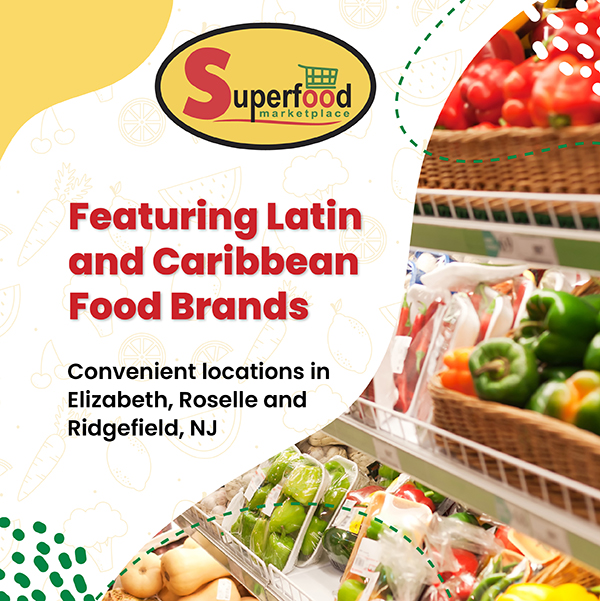What’s the Difference between…
Heirloom, Beefsteak, Plum, Cherry, and Grape Tomatoes?
We’re in the season of Peak Tomato, and the tomato sandwiches and caprese salads and just-barely-cooked sauces await. But let’s first take a slight detour from our guiding question to ask another one: Why are grocery-store tomatoes so bad?
There are two major categories of tomatoes: heirlooms, which we’ll cover below, and hybrids. The tomatoes you’ll find year-round in the grocery store are hybrids, which means that humans have cultivated and bred them for specific characteristics. Not all hybrids are bad, but the grocery-store ones are; they’re bred for resistance to diseases, firm flesh, thick skin, and storage potential, rather than, say, juiciness or flavor. They’re also yanked from the vine while they’re still green — and therefore hard as rocks — so that they don’t get crushed while they circumvent the globe to their final destination. Once there, they are sprayed with ethylene gas that induces reddening and softening — but off the vine, they can’t develop the sugars and acids and other flavor/aroma chemicals that make tomatoes actually taste good. So you get watery, cottony pucks, instead of the mind-bending globes of wonder that you’ll find at the greenmarket in the summer.
Heirloom tomatoes live on the other side of the spectrum: they’re “open-pollinated,” which means their varietal came about through natural pollination (birds, insects, wind, etc.). These types of tomatoes “breed true,” which means that if you plant an heirloom tomato seed, it will grow into a plant that bears tomatoes that look just like the parent. (Hybrids, on the other hand, will give birth to plants that exhibit different characteristics from each of the parents; it takes around seven generations for cultivars to stabilize.) Heirlooms have been grown without cross-breeding for at least 50 or so years. They come in all different colors, shapes, and sizes: perfectly oval ones; craggy, bulbous ones; heart-shaped ones; yellow, green, black, pink, striped, tie-dye ones. Their names are just as diverse-sounding: Black Krim, Mr. Stripey, Green Zebra, Brandywine, Purple Cherokees. These are the guys you’ll find at the greenmarket at the peak of the season, the ones that just beg to be sliced and salted and eaten pretty much as-is.
Beefsteak tomatoes are notable for their size — they can weigh in at over a pound each, with a diameter of 6 or more inches — and their texture: they have smaller seed cavities than other types of tomatoes, giving them a greater ratio of flesh to juice and seeds. There are around 350 types of beefsteaks out there, and they can be either heirloom or hybrid. And although you’ll mainly see the red ones labeled as “beefsteaks” at the greenmarket, they can come in all colors: pink, yellow, green, white, technicolor. The Brandywine, Purple Cherokee, and Black Krim heirlooms, for example, are all beefsteak tomatoes, too.
Plum tomatoes, also known as Roma or paste tomatoes, are oval-shaped and smaller than beefsteaks. They also have a lower water content compared to other types of tomatoes, with an almost chewy flesh — which makes them particularly suited to sauces. These are the tomatoes you’ll see everywhere in Italy, the most famous type being the San Marzano. (Pro tip: According to food scientist Harold McGee, when you’re shopping for canned tomatoes, check the ingredients; many brands include calcium, which prevents the cell walls from breaking down during cooking and will mess with the texture of a sauce.)
Let’s now move onto the world of baby tomatoes: the cherries, grapes, and cocktails. Cherry tomatoes are the small, round guys with thin skins that squirt juice everywhere when you bite into them. They’re super sweet and have a high water content, and they come in many colors; my personal favorites are the Sungolds, an heirloom type that ripens to a golden orange.
Grape tomatoes are the oblong, grape-shaped ones that you’ll often find in the grocery store; they have a lower water content and thicker skins than cherry tomatoes, making them easier to store and transport. (They also last longer.)
And cocktail tomatoes are larger than grape and cherry tomatoes, but still of the small, sweet ilk. They’re grown hydroponically, and can be found in many grocery stores, too — and as tomato expert Barry Estabrook told Food52, they’re probably the best ones to buy in the winter.
Source: https://www.eater.com/2019/8/21/20813778/whats-the-difference-between-heirloom-cherry-grape-beefsteak-plum-tomatoes





